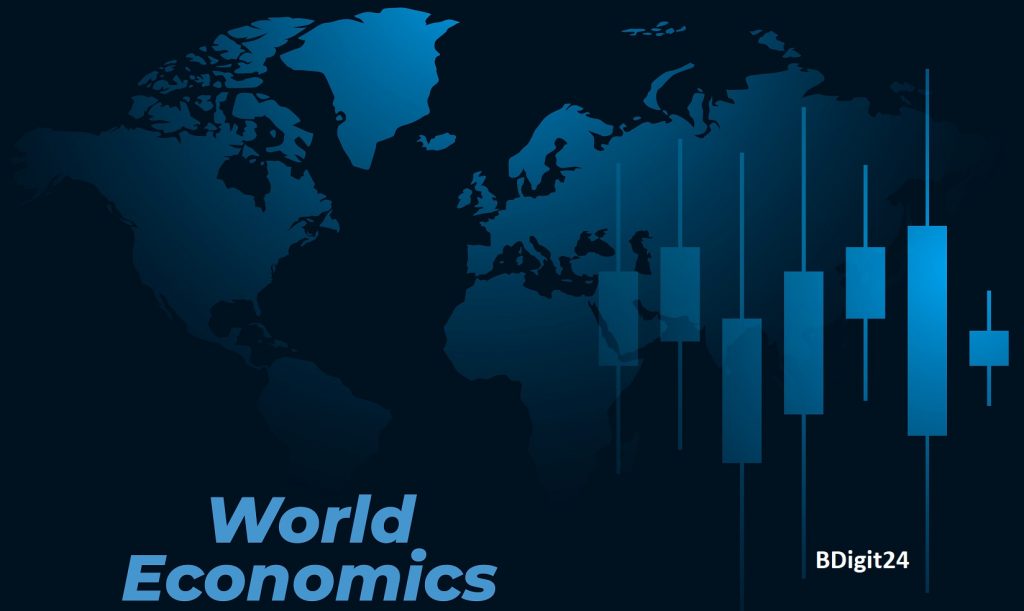From Wall Street to Shanghai: Analyzing the Impact of Economic Headwinds on Major Stock Markets
The global stock market in 2025 is witnessing increased volatility, driven by economic slowdowns, geopolitical uncertainties, and fluctuating investor sentiment. With major economies facing growth challenges, the stock markets of the US, Europe, and China are exhibiting notable trends that investors must carefully analyze. This article explores these trends, the key factors driving market movements, and the potential outlook for global stocks.
The US Stock Market: Facing Uncertainty Amidst Economic Slowdowns
The US stock market, traditionally a driver of global equity trends, is experiencing heightened volatility in 2025. The Federal Reserve’s monetary policy remains a crucial factor, with interest rate decisions playing a significant role in stock market fluctuations.
- Interest Rate Adjustments: The Fed’s stance on interest rates continues to impact investor confidence. After aggressive rate hikes in previous years to combat inflation, the market is now responding to signals of potential rate cuts or a pause in hikes, creating uncertainty.
- Corporate Earnings Pressure: Large-cap stocks, particularly in the technology and financial sectors, are seeing mixed earnings results. While some tech giants continue to show resilience, others struggle with slowing revenue growth and regulatory scrutiny.
- Market Volatility Index (VIX): The fear gauge remains elevated, reflecting ongoing concerns about economic contraction and corporate performance.
Europe’s Struggles with Inflation and Economic Growth
European stock markets, including the FTSE 100, DAX, and CAC 40, are grappling with a unique set of challenges. Inflation remains persistent, and economic growth is sluggish, impacting investor sentiment.
- ECB’s Policy Dilemma: The European Central Bank (ECB) faces a tough balancing act in controlling inflation while avoiding a deep recession. Interest rate hikes have dampened economic growth, but inflationary pressures persist.
- Energy Crisis and Supply Chains: The ongoing energy crisis, exacerbated by geopolitical tensions, continues to impact industrial production and consumer spending.
- Declining Consumer Confidence: Europe’s economic struggles are reflected in weakened consumer confidence, affecting retail and manufacturing stocks.
China’s Economic Headwinds and Stock Market Trends
China, the world’s second-largest economy, faces its own set of economic challenges in 2025. The Chinese stock market, including the Shanghai Composite and Hang Seng Index, is under pressure from a sluggish property market, declining exports, and weak domestic consumption.
- Property Market Concerns: The real estate sector remains a significant drag on economic growth. Despite government interventions, investor confidence in property-related stocks is waning.
- Slow Export Growth: Global demand for Chinese goods has weakened, affecting manufacturing and trade-related companies.
- Regulatory Uncertainty: Chinese tech stocks, once high-growth investments, continue to experience regulatory challenges, impacting their stock performance.
Global Market Trends and the Path Forward
Beyond the US, Europe, and China, the global stock market is influenced by broader trends:
- Rise of Emerging Markets: Investors are increasingly looking at emerging markets such as India and Brazil, where economic growth remains robust compared to developed nations.
- ESG Investments Gaining Momentum: Environmental, Social, and Governance (ESG) investing continues to attract interest as sustainability concerns drive capital allocation.
- Cryptocurrency Volatility: Digital assets remain highly volatile, with Bitcoin and Ethereum experiencing large price swings driven by macroeconomic factors and regulatory developments.
Investor Strategies in a Volatile Market
For investors navigating the uncertainty of 2025, a strategic approach is essential:
- Diversification: Allocating investments across different asset classes and regions can help mitigate risk.
- Focus on Fundamentals: Companies with strong balance sheets and consistent earnings growth remain attractive investment options.
- Monitoring Central Bank Policies: Staying informed about interest rate decisions and economic data releases can help in making informed investment choices.
Conclusion
Stock market volatility in 2025 is shaped by economic slowdowns, inflationary pressures, and geopolitical factors. While the US, European, and Chinese markets face unique challenges, investors can navigate these uncertainties with strategic portfolio management and informed decision-making. As the year progresses, market trends will continue to evolve, presenting both risks and opportunities for global investors.
#StockMarket2025 #GlobalMarkets #MarketTrends #Finance #Investing #WallStreet #Economy #ChinaMarkets #EuropeStocks

